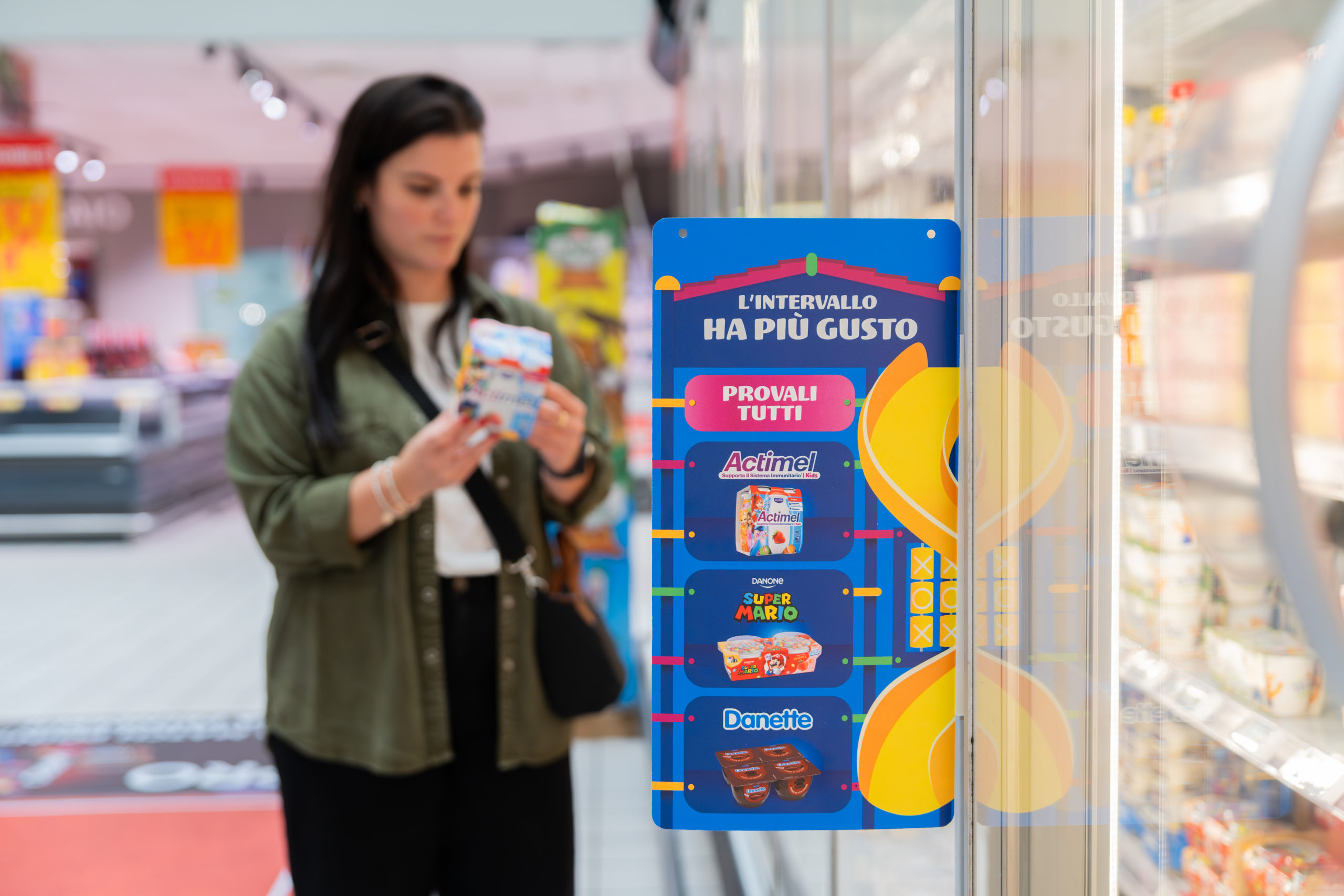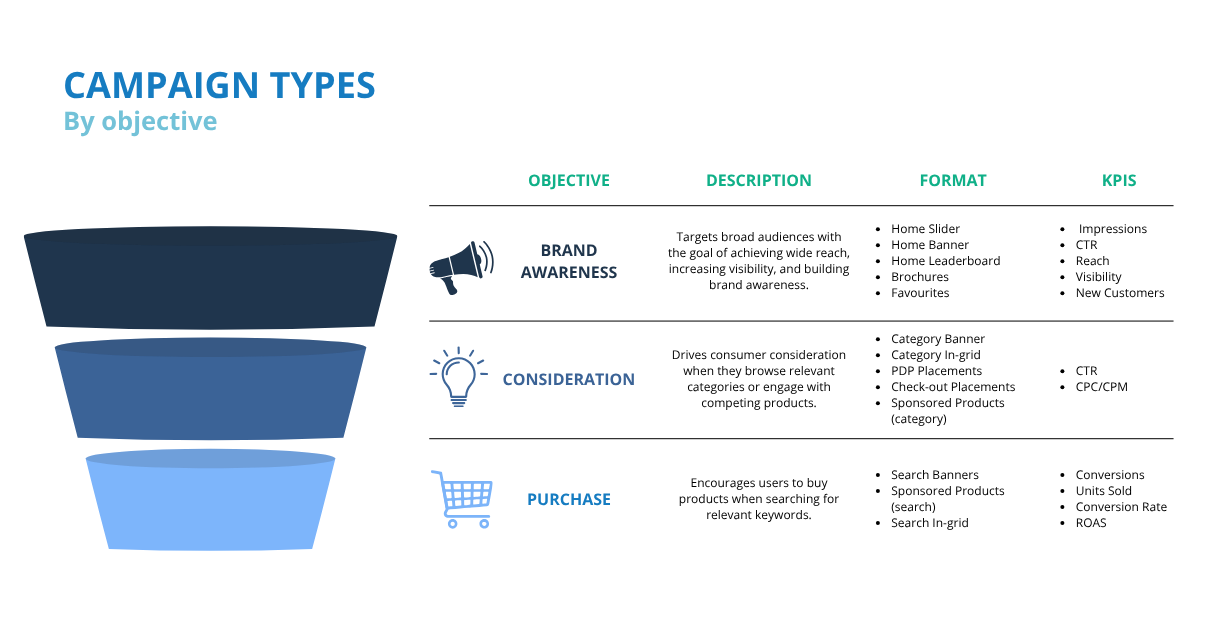Retail Media has established itself as one of the most powerful strategies to connect with shoppers within the retailer’s ecosystem — a strategic lever within the media plan that every brand should activate to turn shoppers into real customers.
Its potential goes far beyond the advertising impact at the very moment the shopper is buying: it lies in the ability to measure, analyse and optimise every advertising action in real time. This is where data and KPI analysis become the backbone of Retail Media, enabling brands to improve campaign effectiveness, segment audiences precisely, personalise messages, and ultimately transform Retail Media investment into measurable and sustainable results.
Why Measuring Matters in Retail Media
Unlike traditional advertising, Retail Media allows brands to reach shoppers at the closest point to conversion — both in digital environments (websites, apps, eCommerce) and in physical stores.
Measuring effectively means:
- Optimising campaigns in real time.
- Making data-driven decisions.
- Learning for future activations.
- Personalising and segmenting to improve effectiveness.
- Justifying budgets and proving ROI.
In an omnichannel world, measurement becomes the bridge between digital and physical data, allowing for a unified view that optimises investment and maximises campaign performance.
KPIs in Digital Environments: On-Site and Off-Site
In digital campaigns, KPIs are grouped according to the conversion funnel stage.
- Visibility and Reach (Awareness)
- Impressions: number of times an ad was displayed.
- Reach: unique users exposed to the message.
- Viewability Rate: percentage of ads actually visible on screen.
These metrics help assess the initial impact of a campaign and its ability to drive brand awareness.
- Interaction (Consideration)
- CTR (Click Through Rate): percentage of clicks versus impressions.
- Engagement Rate: interactions in social formats (likes, shares, comments).
These indicate how relevant and appealing the message is to shoppers.
- Conversion (Purchase)
- CR (Conversion Rate): percentage of users who performed a desired action (e.g. purchase).
- Incremental Sales: real sales uplift attributable to the campaign.
- ROAS (Return on Ad Spend): revenue generated per monetary unit invested.
These are the closest indicators of business impact.
- Investment Efficiency
- CPC (Cost per Click): key for performance-driven campaigns.
- CPM (Cost per Mille): standard for branding campaigns.
They help evaluate whether investment is optimised according to the campaign’s objective.
KPIs in Physical Environments: In-Store
The evolution of online advertising has brought a culture of measurement and performance into physical retail, where data is now the foundation for evaluating in-store Retail Media campaigns. The main indicators include:
- Impressions: estimated number of times a shopper was exposed to the message.
- In-store Reach: estimated foot traffic exposed to the campaign.
- Incremental Sales: real impact on the sell-out of the advertised product.
- Physical CPM: cost per thousand impressions generated in the store environment.
- Audience Segmentation: message personalisation based on shopper behaviour data to maximise communication effectiveness.
These indicators make it possible to translate in-store communication into measurable results that can be compared with digital campaigns.
How to Choose the Right KPIs
There is no single KPI that fits all campaigns. The key is to align measurement with business objectives:
- If the goal is awareness: focus on impressions, reach and CPM.
- If the goal is consideration: look at CTR, engagement and visits to PDP (Product Detail Page).
- If the goal is conversion: measure CR, incremental sales and ROAS.
Understanding KPIs is essential to improving campaign performance.
Each stage of the path to purchase offers a unique opportunity to understand how each format drives brand objectives. The true value of Retail Media goes far beyond visibility — it lies in its power to drive sales, optimise investments, and enhance the shopper experience both online and in-store.
With data at the core, brands and retailers can deliver a shopping experience that is unique, relevant, and personalised — one that drives sales and strengthens the relationship with the shopper.







